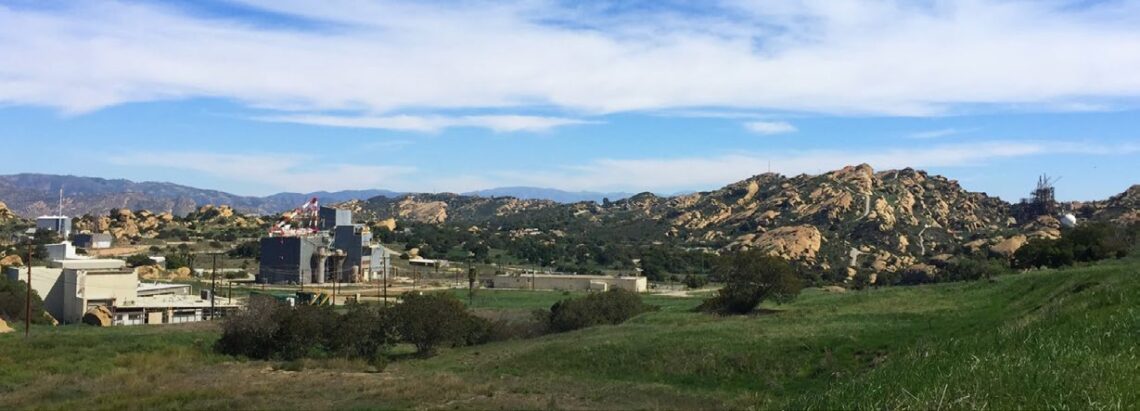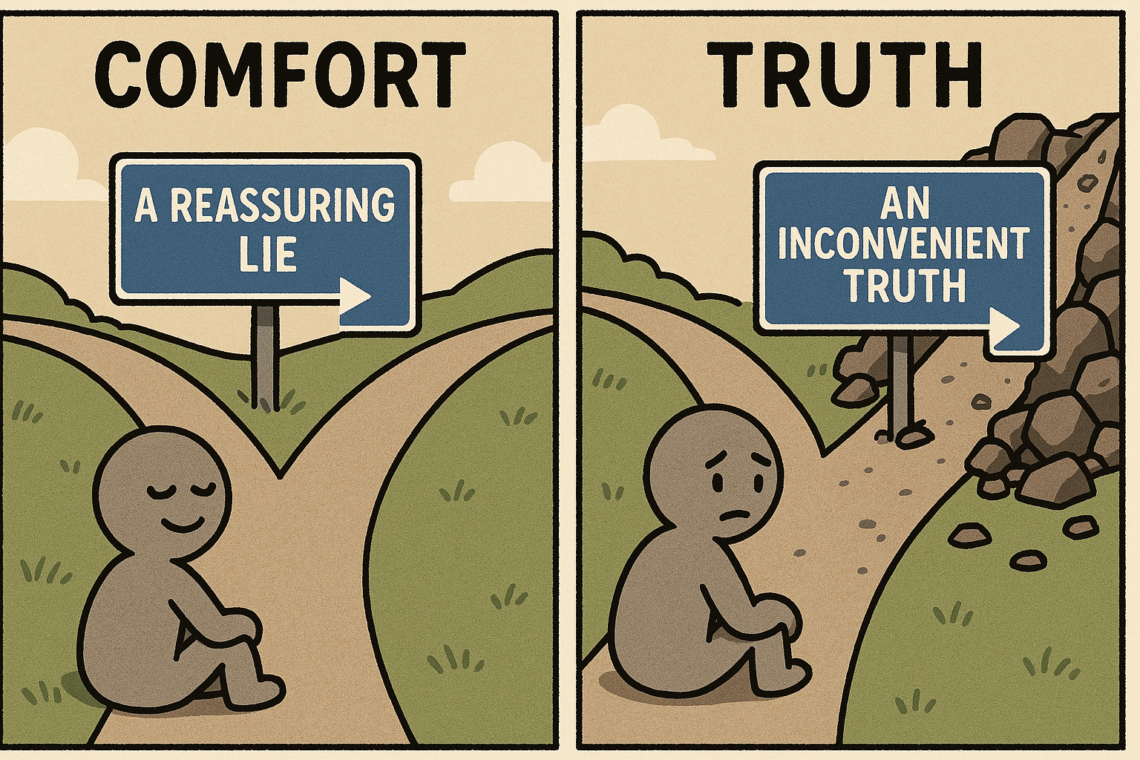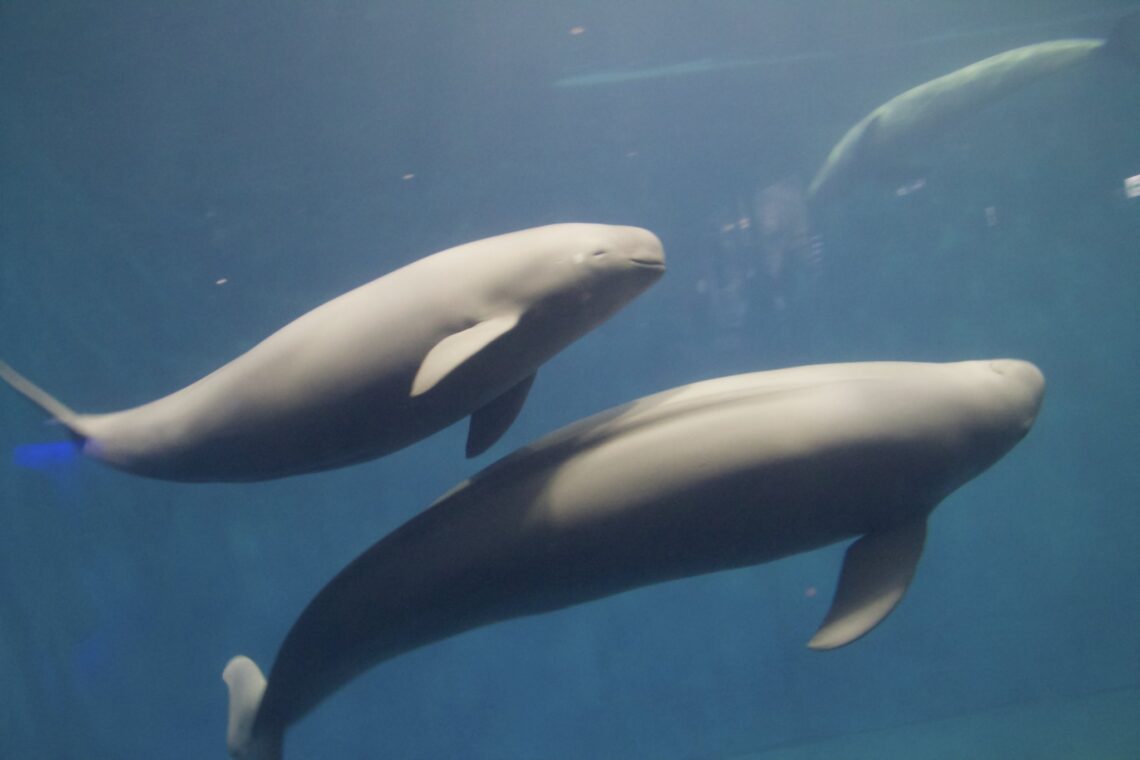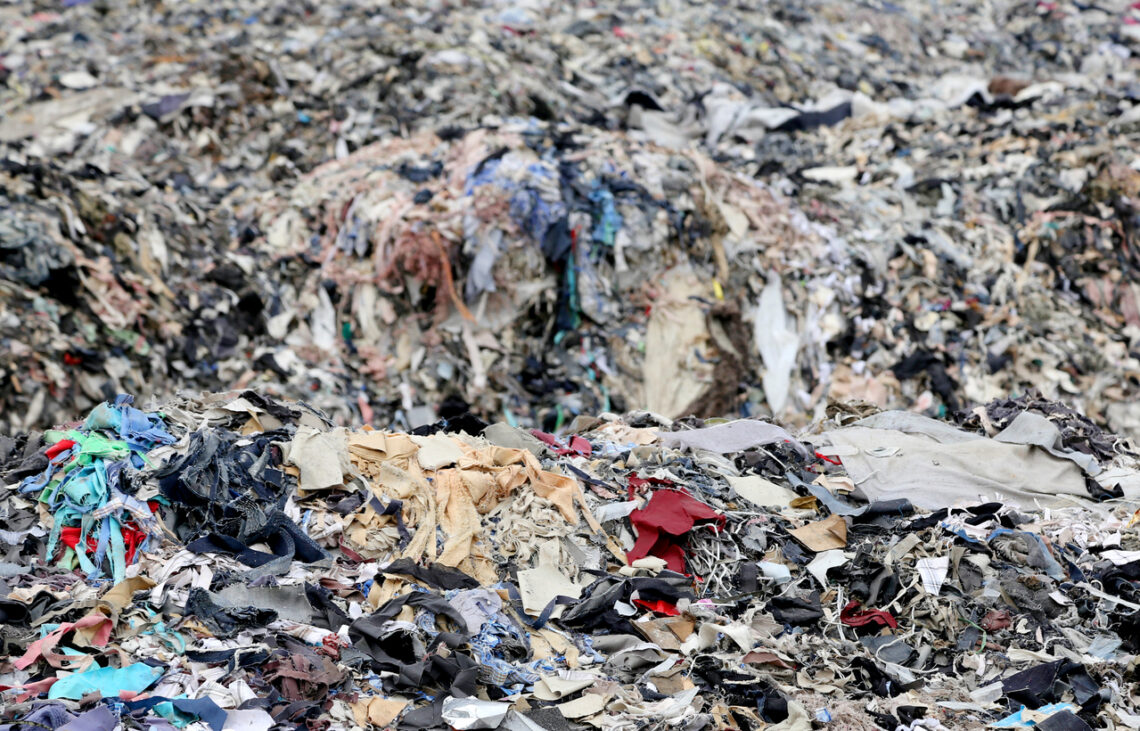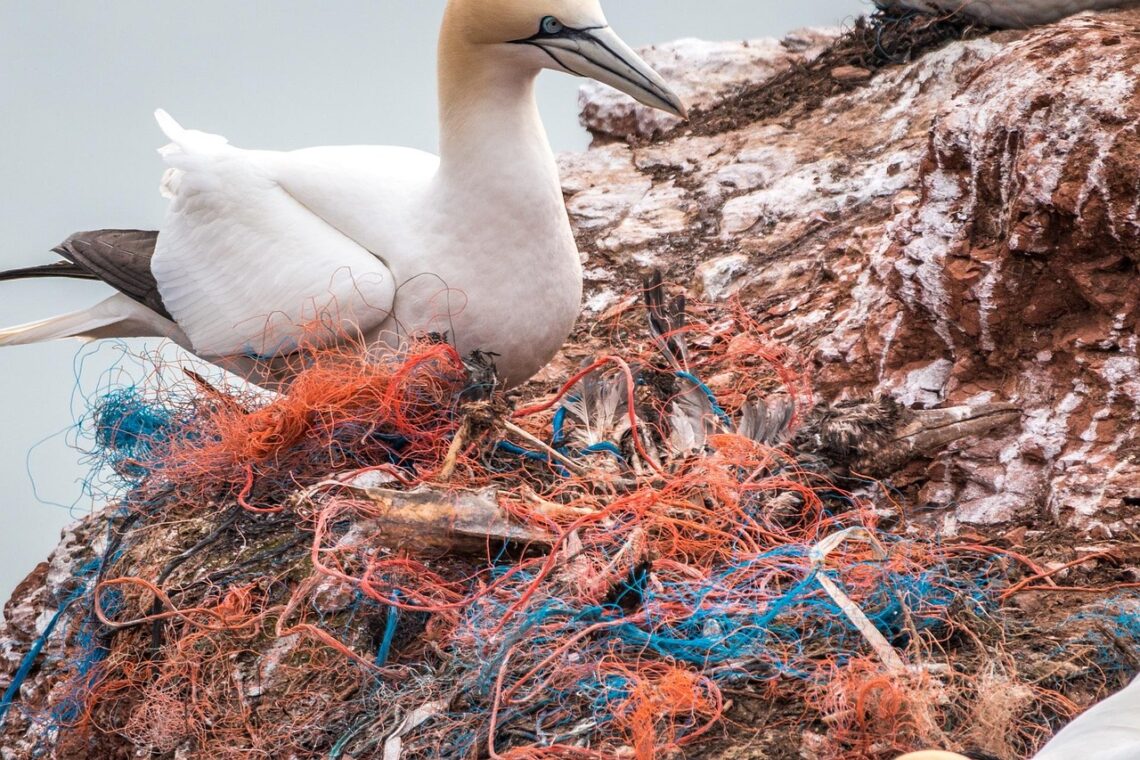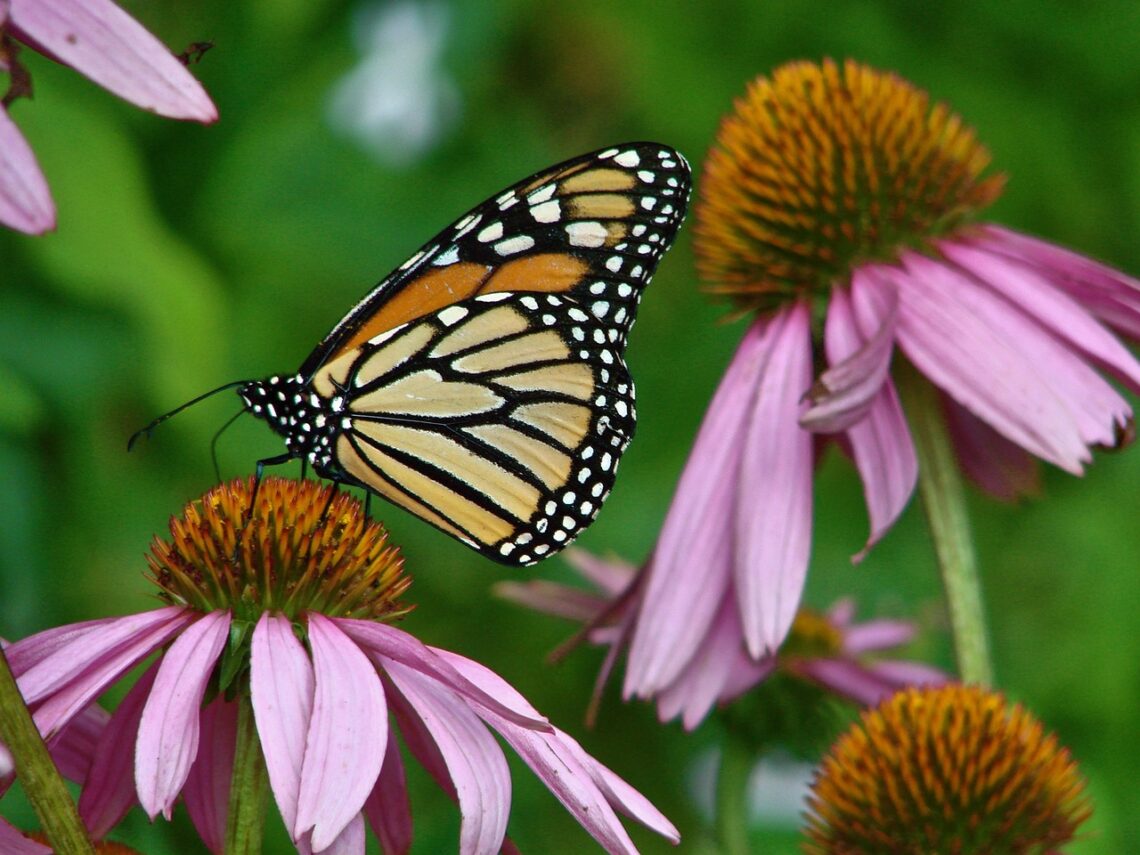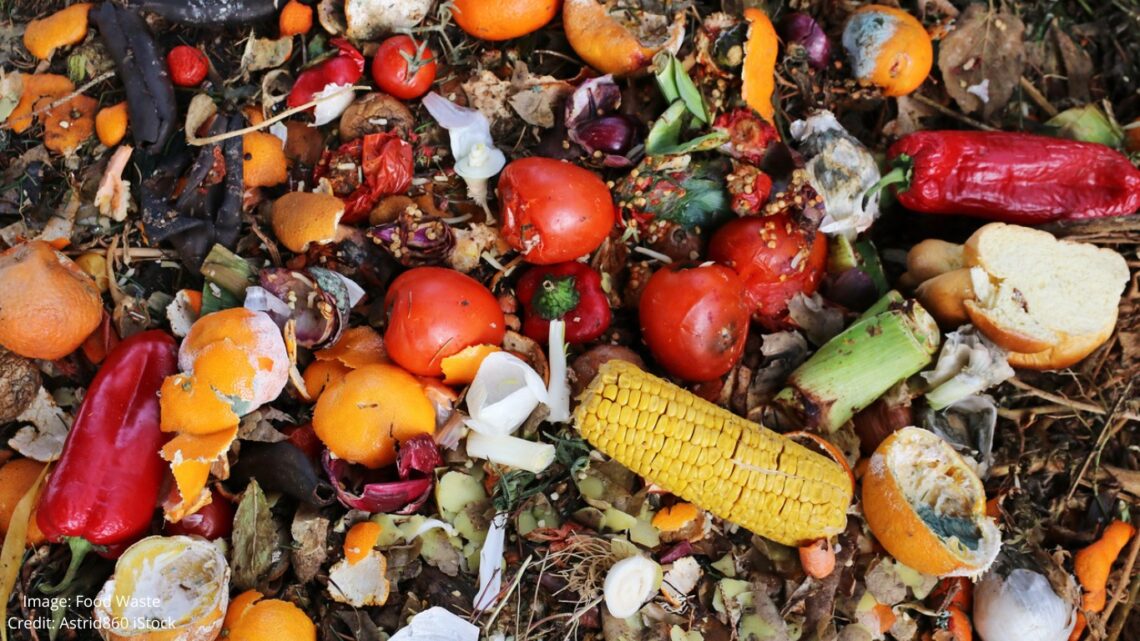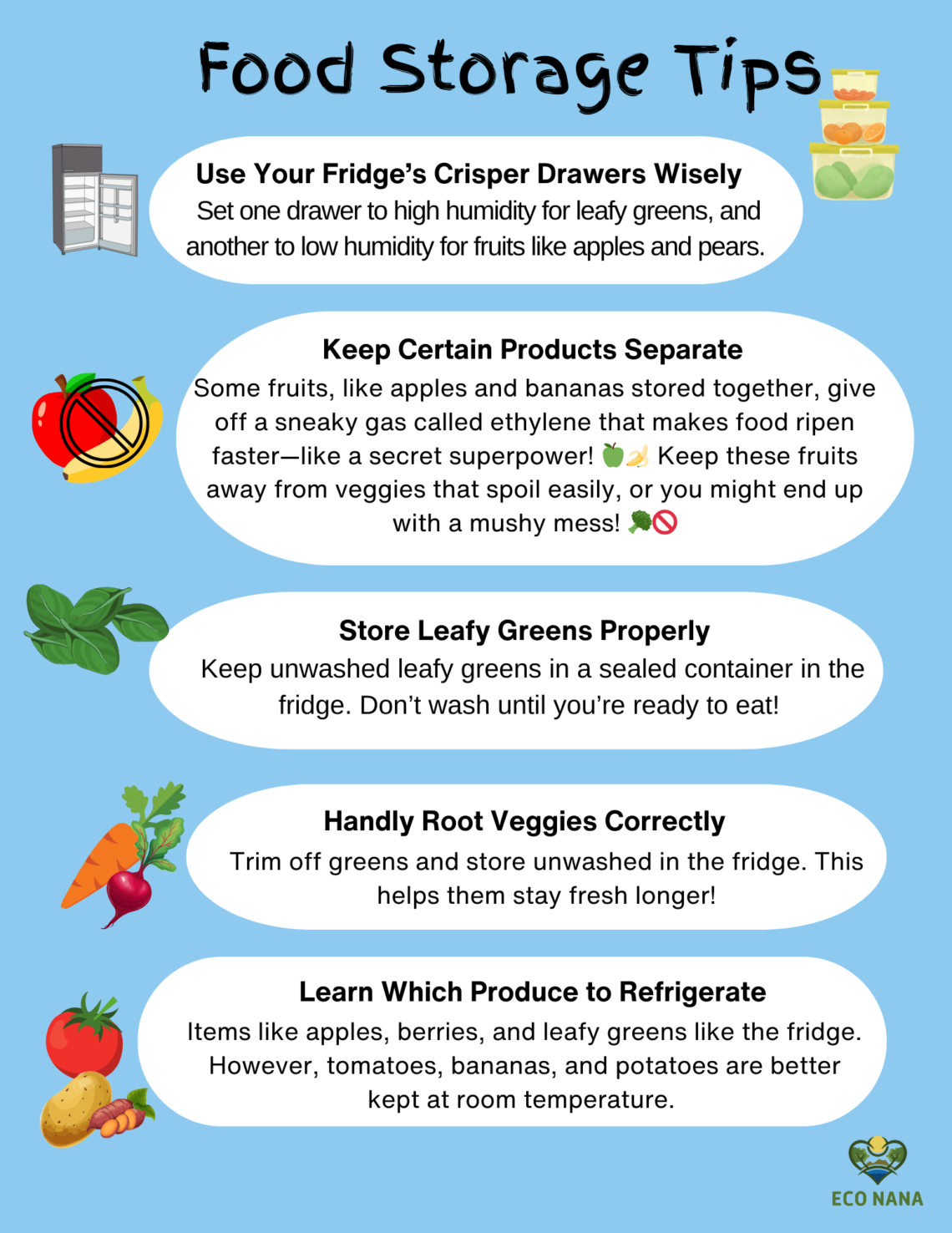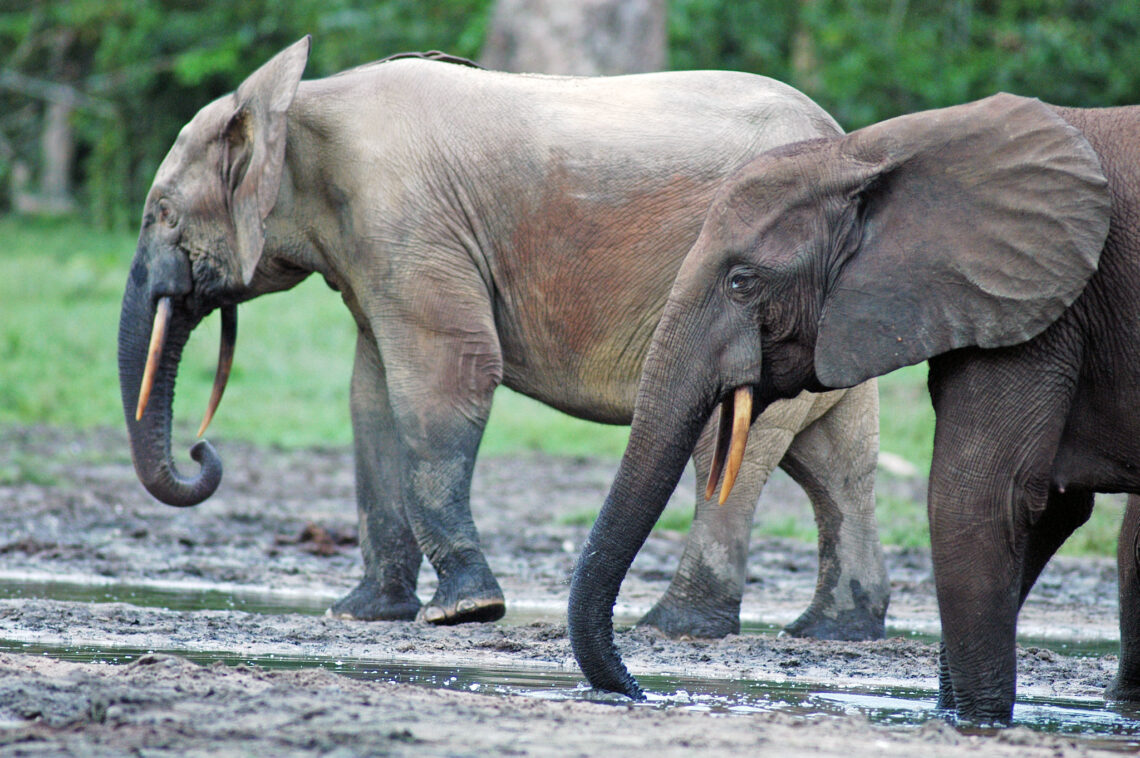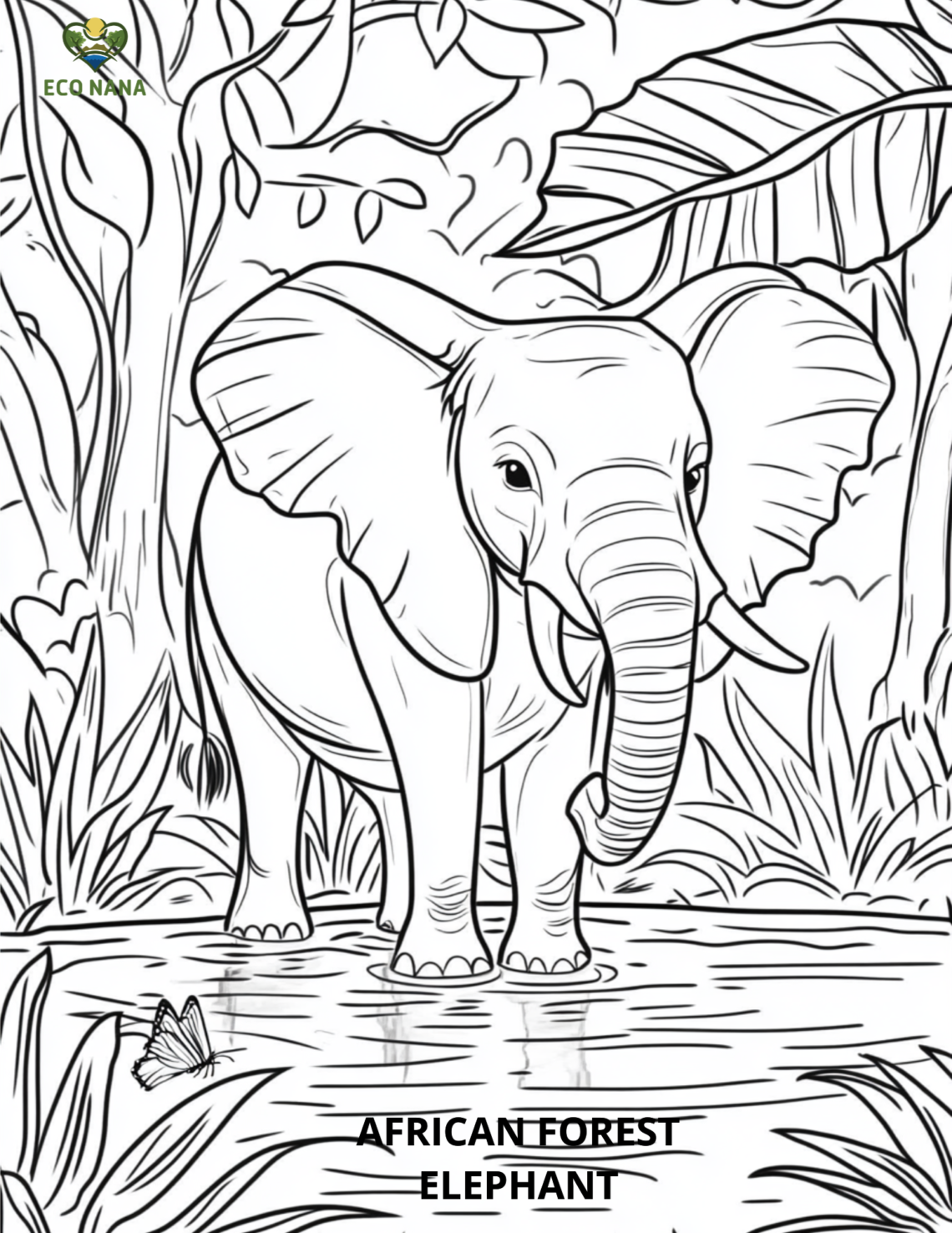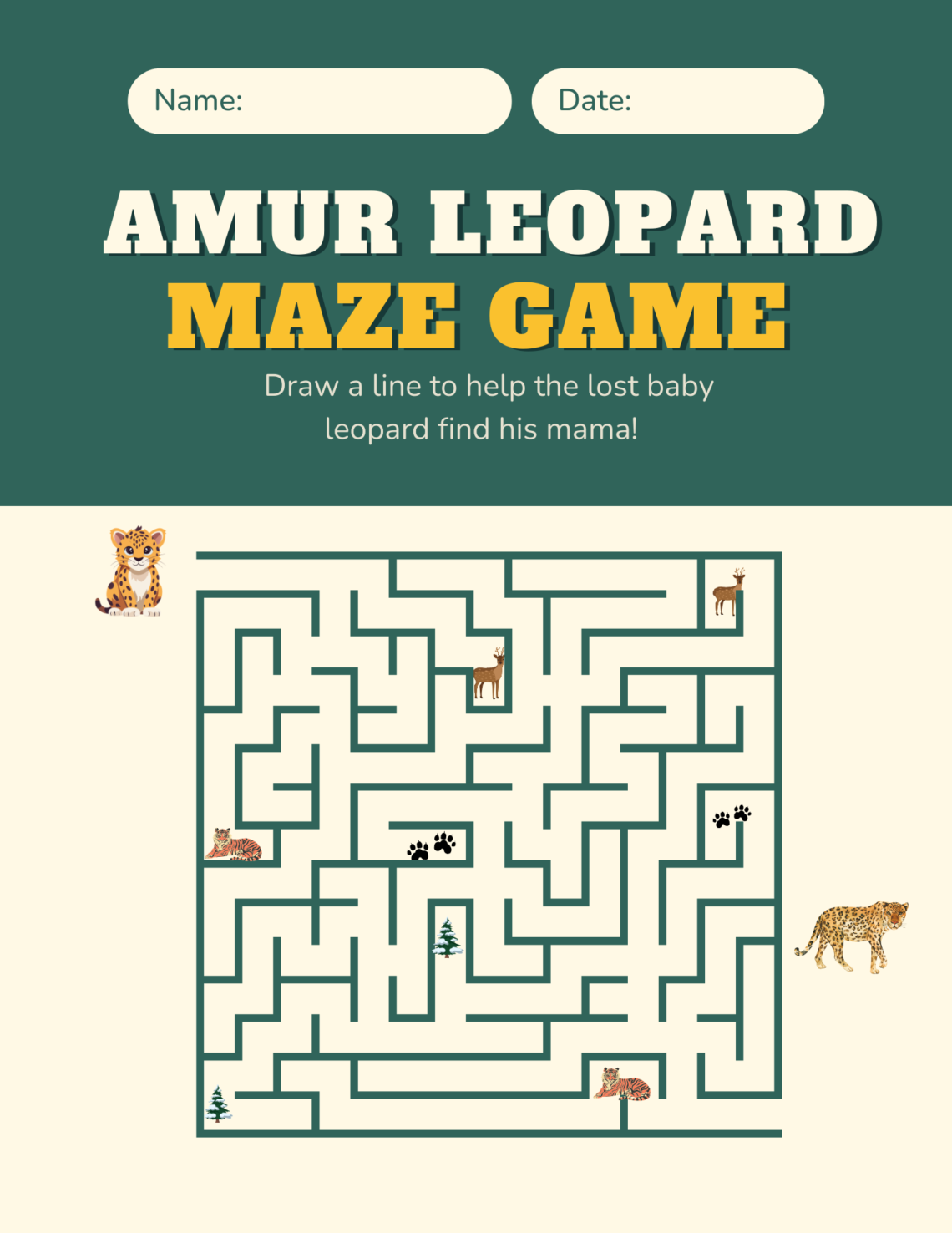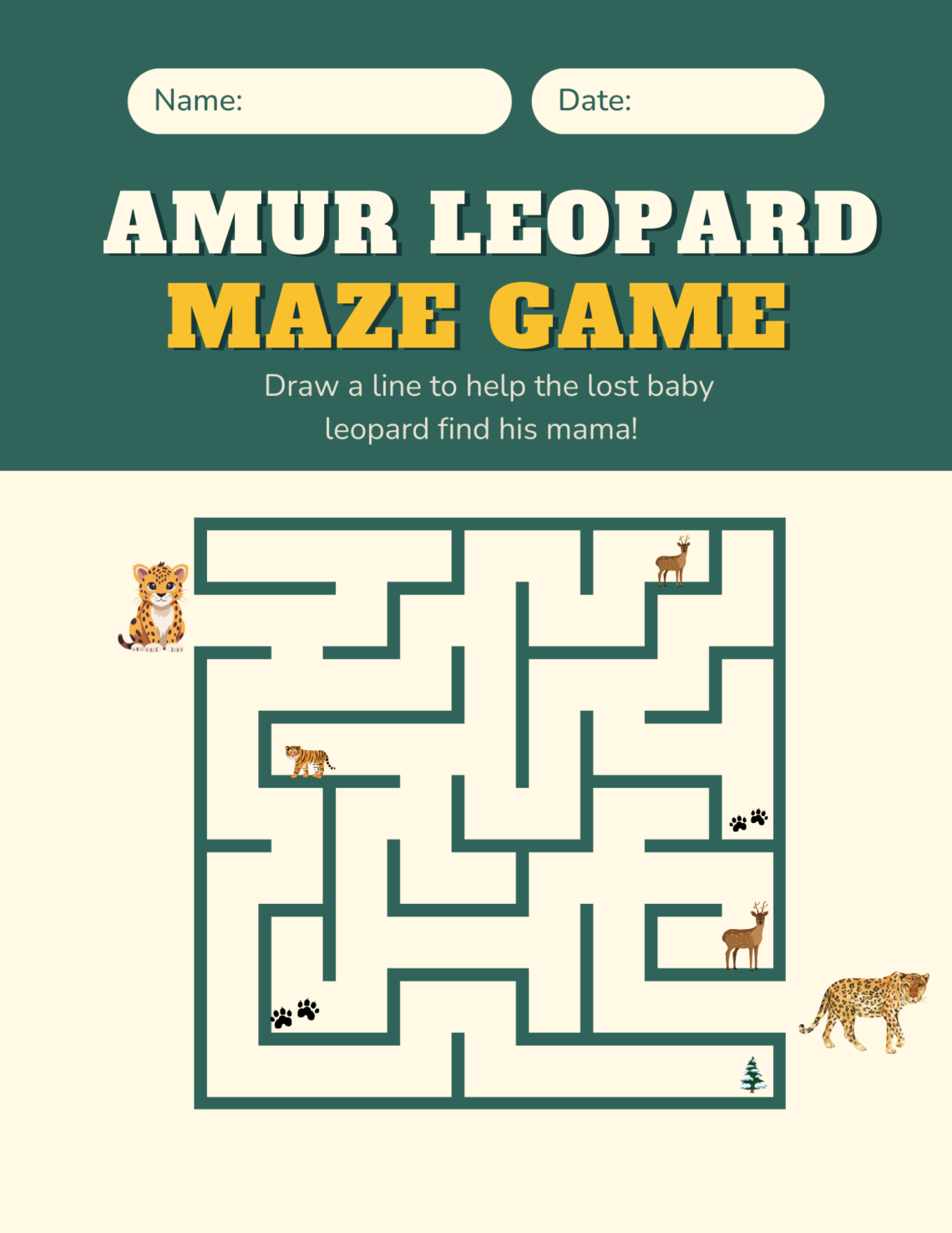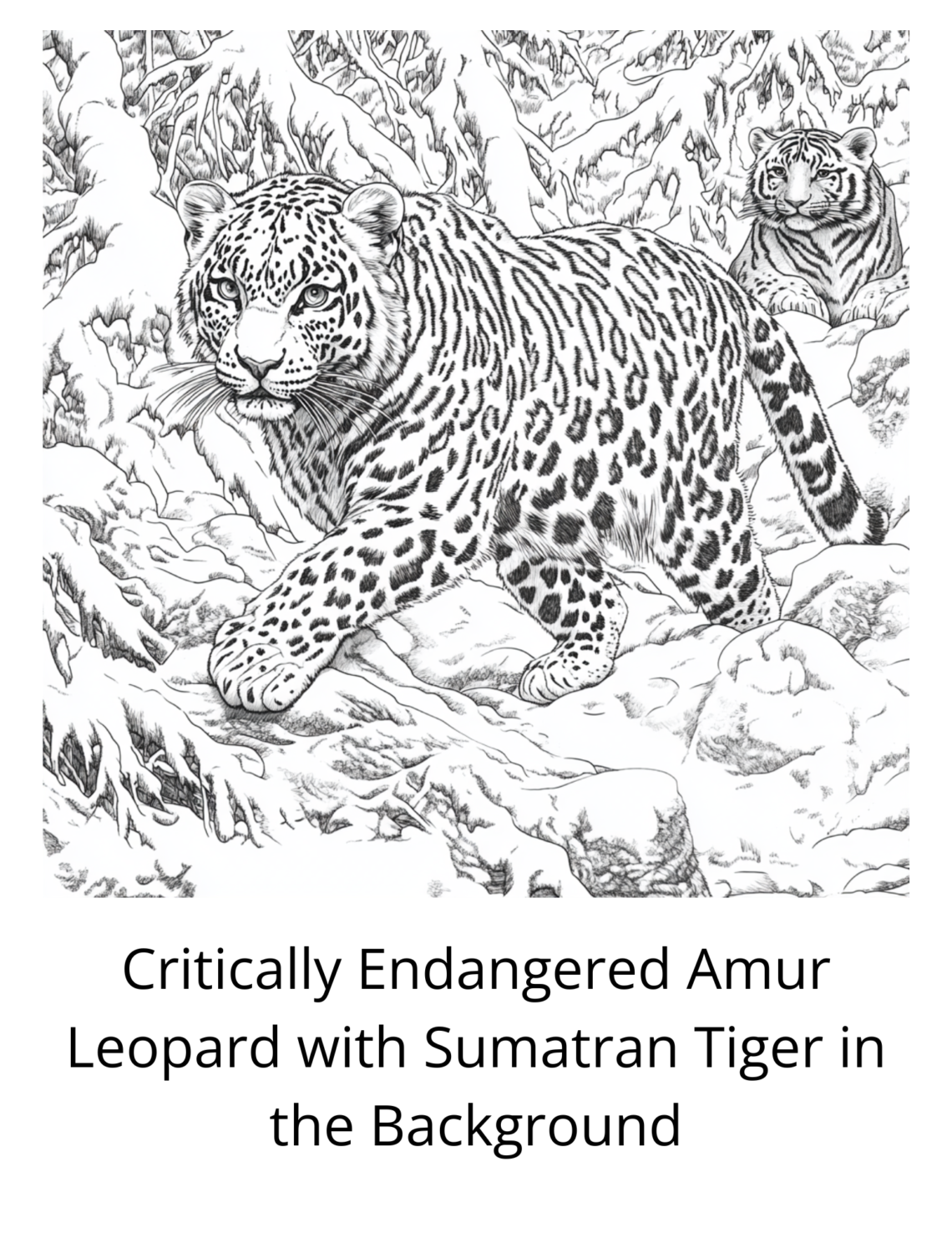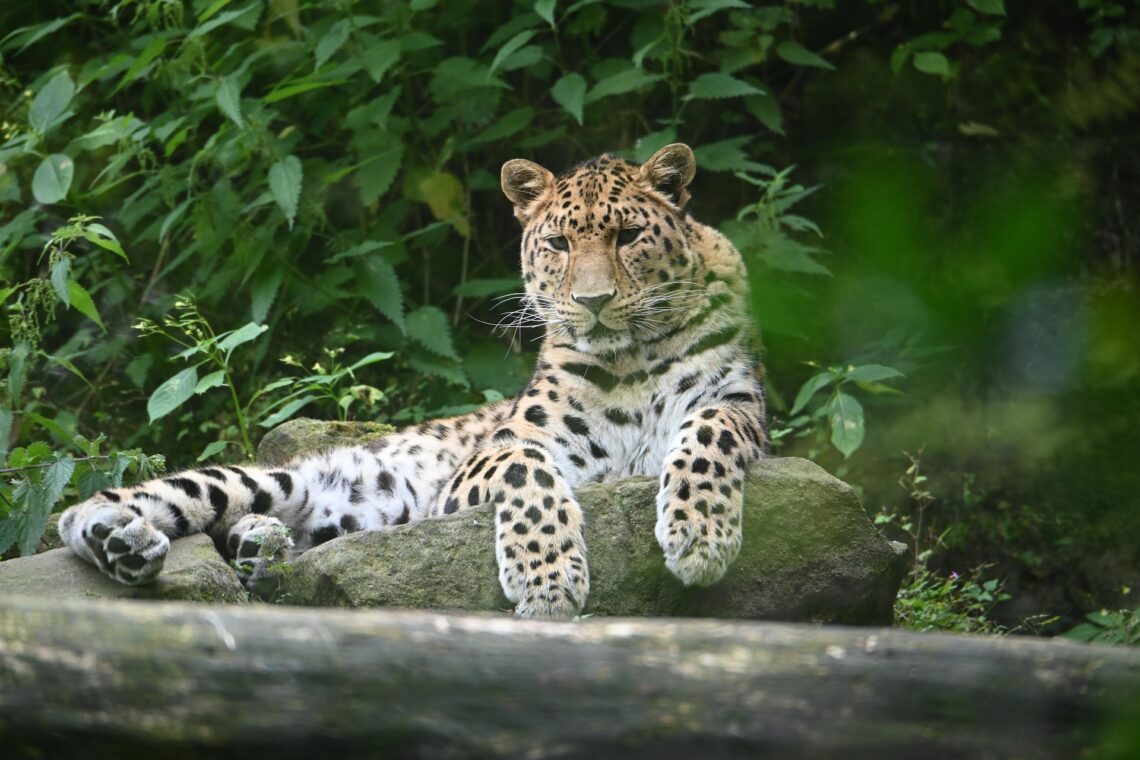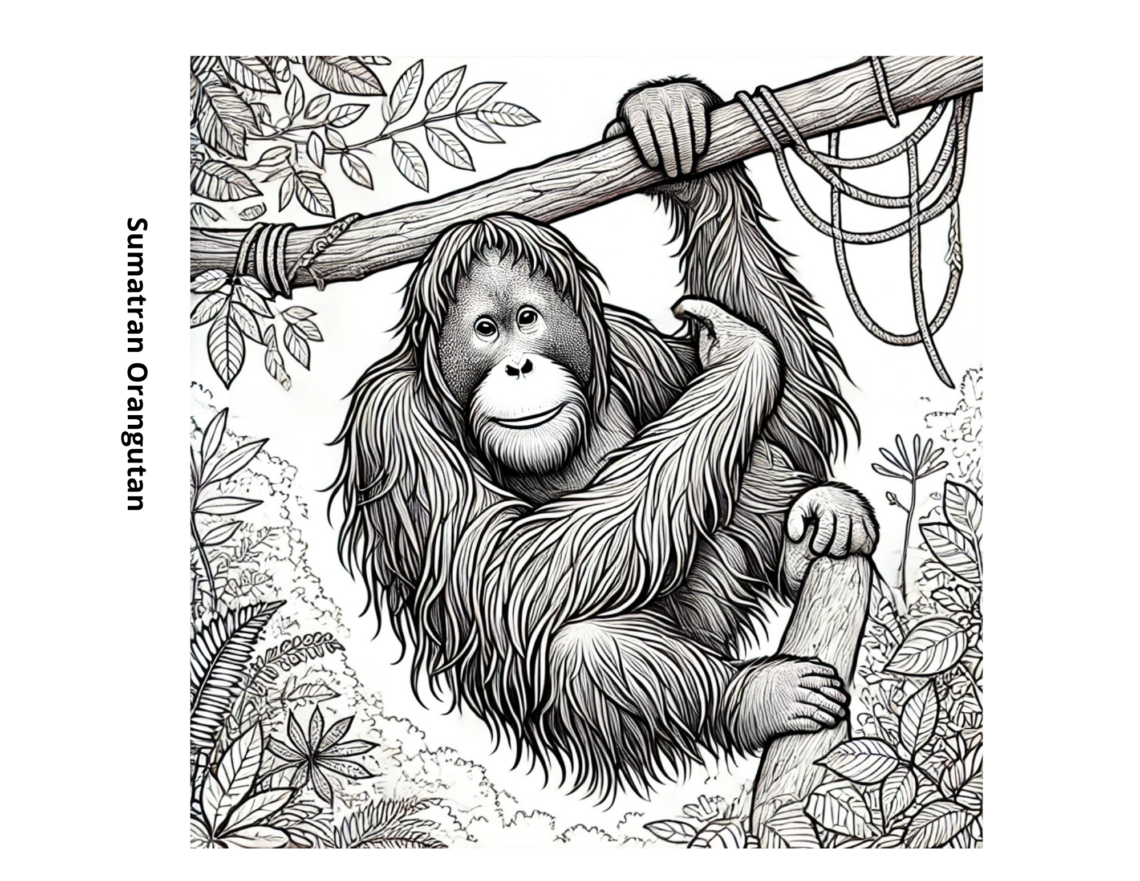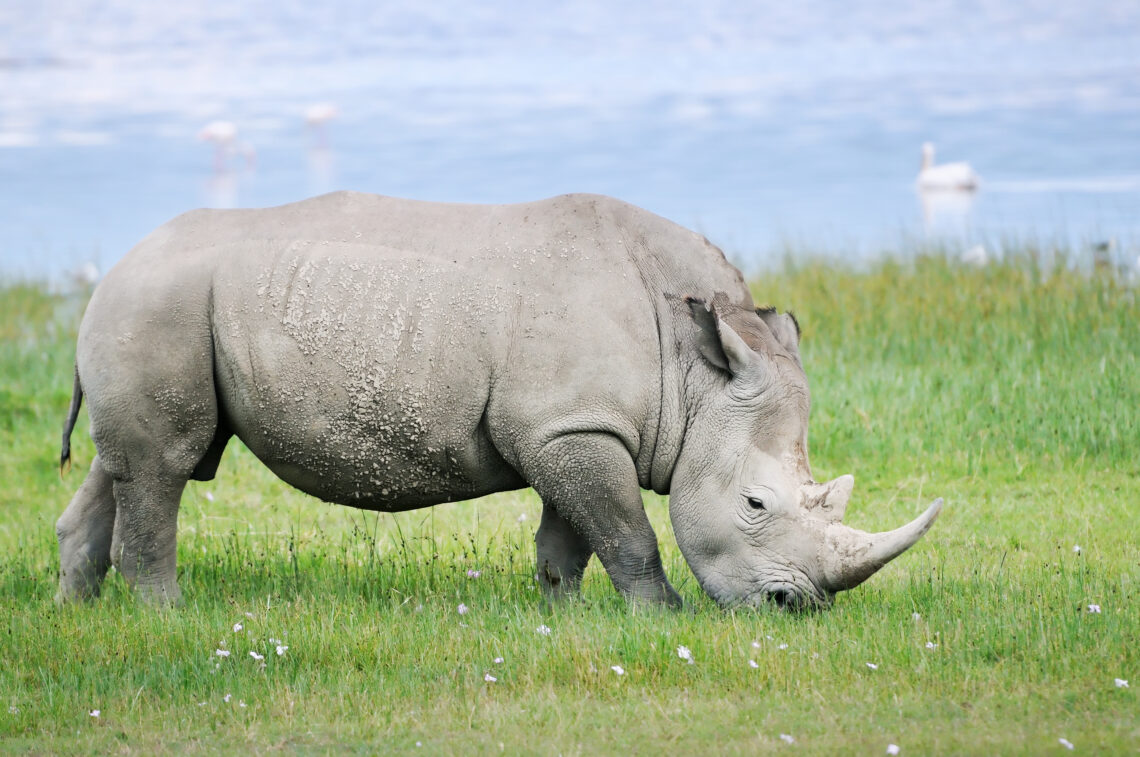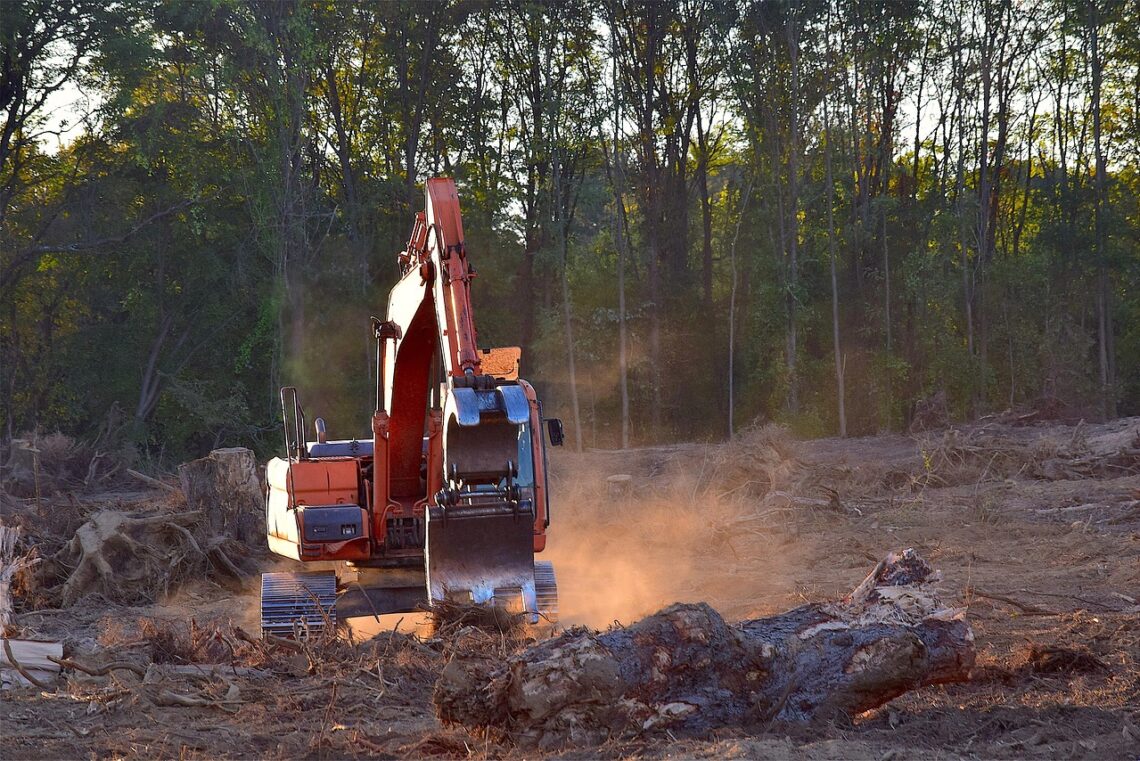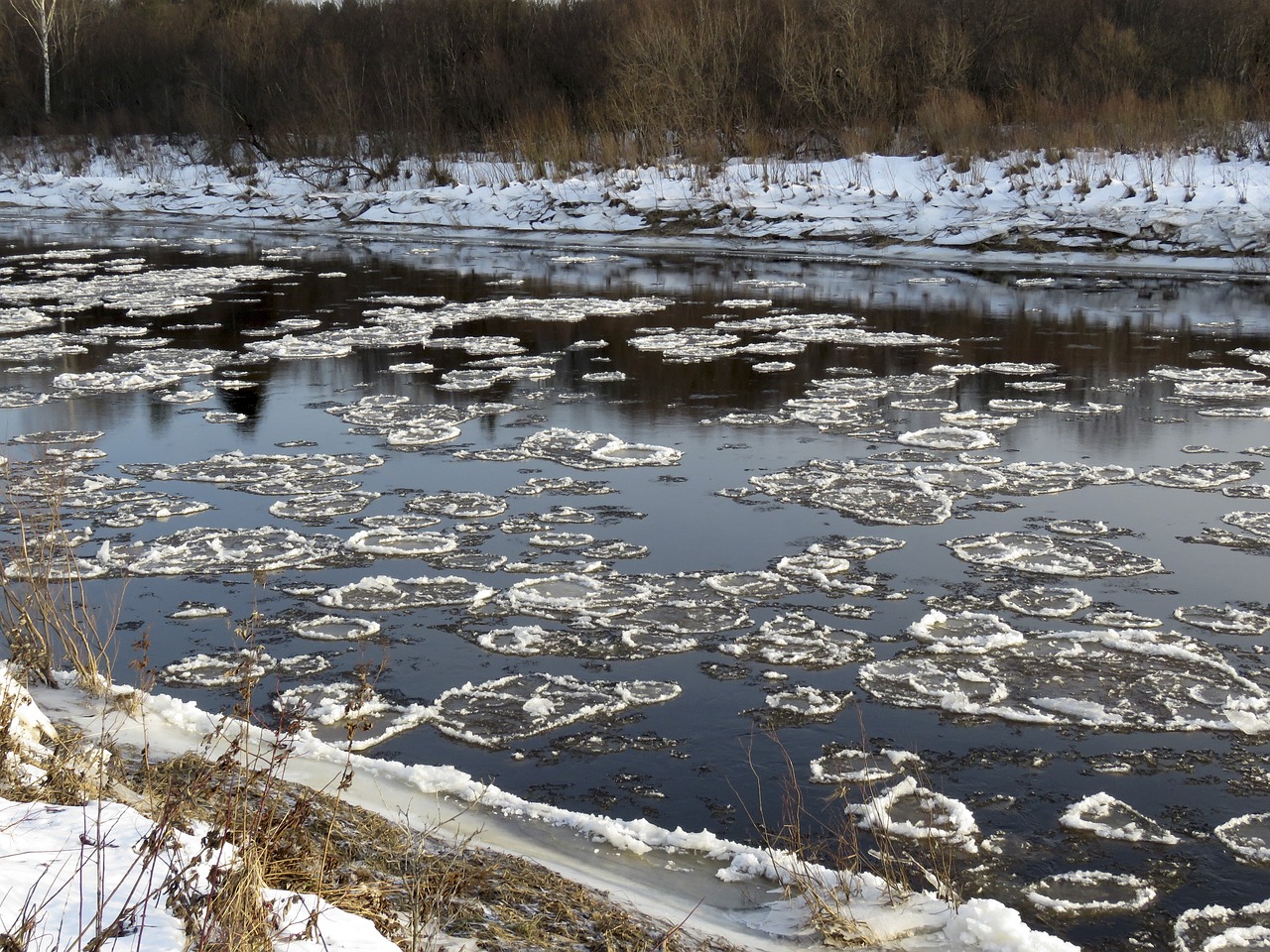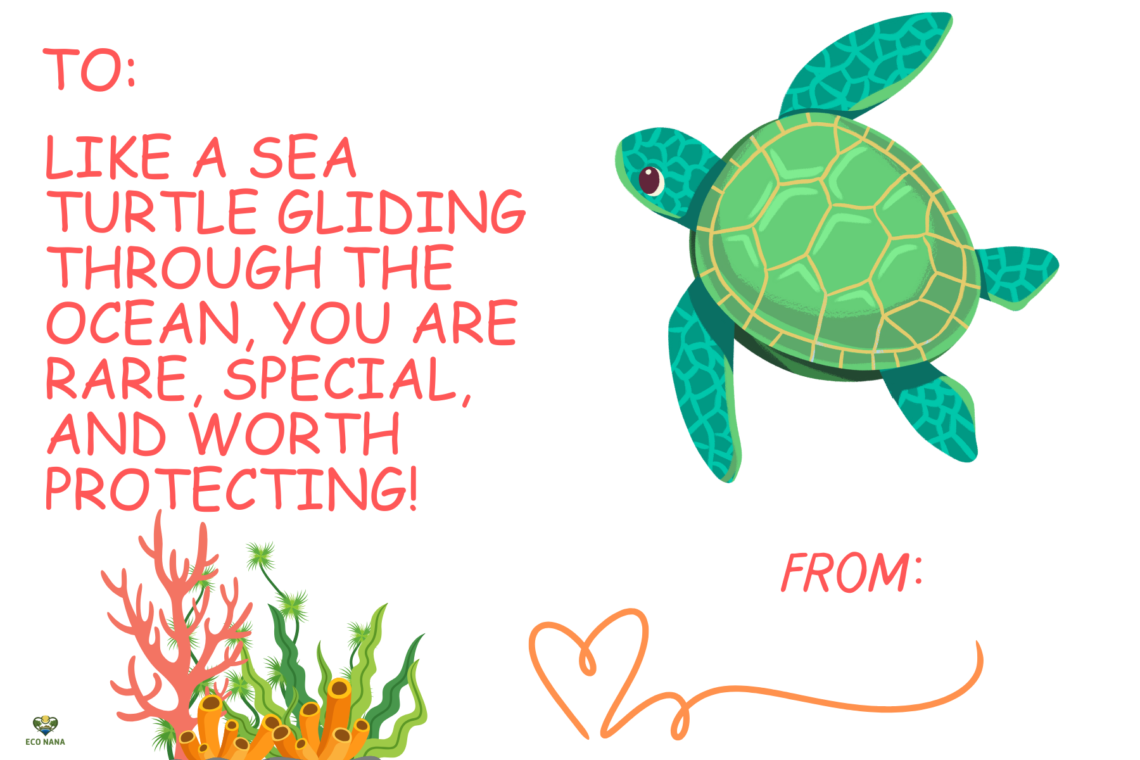-
Scientific Consensus: It’s Not a Vote, It’s the Evidence!
Scientific consensus is when most scientists agree on something after looking at a lot of evidence and doing many studies. Think of it like this: if 100 doctors all study the same illness and 97 of them say, “Yep, we’ve tested this, and this is what we’ve found,” then we say there’s a consensus—a strong agreement—on that topic. But it’s important to know: it’s not a vote. Scientists don’t just raise their hands and pick an answer. Instead, they do experiments, gather data, and check each other’s work. If many scientists get the same results over and over, that’s how a consensus forms. Examples of Scientific Evidence Include: Smoking causes…
-
Secrets in the Hills: My Journey into the Santa Susana Field Laboratory
After doing a bunch of interviews, including group ones, I started working at the California Department of Toxic Substances Control (DTSC) in 2007. I made some awesome friends and learned a lot—especially about disinformation (which is when people spread false info on purpose). I also learned about endangered orangutans, which made me even more passionate about protecting the environment! My job was called Public Outreach Specialist. That means I helped explain environmental issues to the public. One of the main places I worked on was called the Santa Susana Field Laboratory (SSFL), located between Ventura and Los Angeles counties. What is the Santa Susana Field Laboratory (SSFL)? The Santa Susana…
-
The Shocking Truth About Factory Farming and the Environment
By Holly Shaftel, contributing writer When it comes to fighting climate change, many people know we need to stop using dirty energy (fossil fuels) like coal, oil, and gas and switch to clean power like solar and wind. But did you know factory farming — a way to raise animals for food in large-scale industrial settings for profit — is also a big problem? It doesn’t just heat up the planet — it also harms the environment in many other ways. (Plus, it’s a huge animal welfare issue.) Let’s take a look at the problems and some solutions. Greenhouse Gas Emissions The United Nations Food and Agriculture Organization (UN FAO)…
-
“An Inconvenient Truth”: More Right Than We Knew
People laughed (and still are) at Al Gore over his film, “An Inconvenient Truth”. The planet’s not laughing. I’m frankly tired of the lie that Al Gore’s predictions from his film were all wrong. Yeah, he got a couple of things wrong, especially the timing. But the science behind what he said? Still very real—and in some cases, it’s even worse than he predicted. Let’s break it down: Claim: “Within the decade there will be no more snows of Kilimanjaro.” What Really Happened: Timing was off, but the ice is disappearing quickly. Gore was a little early on the timing, but he wasn’t wrong about the big picture. The glaciers…
-
Celestial Sizzle? Burning Through The “All Planets Are Warming” Myth
Are All Planets Warming? Nope—that’s not true! The notion that “all planets are warming” is a myth. Here’s what scientists actually know about the planets in our solar system: Mercury, Too Hot and Too Cold! OK, how can that be? Mercury is super close to the Sun and doesn’t really have an atmosphere. That means it doesn’t have a climate like Earth’s. Even though a year on Mercury lasts only 88 Earth days, its day is super long—176 Earth days! Also, since it hardly tilts on its axis (only about 2°), it doesn’t have real seasons like we do. Believe it or not, temperatures can reach up to 800°F (430°C)!…
-
Smiling Angel in Peril: The Yangtze Finless Porpoise
By Holly Shaftel, contributing writer In China’s Yangtze River, a shy, finless “Smiling Angel” glides through the water, echolocating with others of its kind. This is the Yangtze finless porpoise, the world’s only known freshwater porpoise. It once shared its habitat with the Baiji dolphin, however that species was declared functionally extinct* in 2007. Now, the porpoise faces its own fight for survival. In 2013, the International Union for Conservation of Nature (IUCN) listed it as critically endangered due to growing threats from human activity. Will the porpoise disappear next? Why Do We Need the Yangtze Finless Porpoise? Nature is like a giant game of Jenga. Each species is a…
-
The High Cost of Cheap Clothes: Fast Fashion Waste
Did you know that World Cleanup Day is March 31, 2025? It’s a day when people around the world come together to clean up trash, including plastic and fashion waste, and help protect the environment. We often hear about plastic pollution and food waste, but what about fashion? Believe it or not, the fashion industry is a huge polluter. And Fast fashion is the worst of all. The Shocking Truth About Fast Fashion Every year, manufacturers produce over 100 BILLION pieces of low-cost clothing. Many of these clothes contain harmful chemicals and harm the environment. The Environmental Cost of Fast Fashion Fast fashion is a major problem for our planet.…
-
Plastic Everywhere: Microplastics Are Harming Birds–And Us
Introduction Did you know that every piece of plastic ever made still exists somewhere on Earth? Unlike food or paper—it just breaks down into tinier and tinier pieces (microplastics). That means every plastic bag, bottle, plastic cup, or straw ever created is still out there, whether it’s in a landfill, the ocean, or even tiny pieces floating in the air. Now we’ve learned that microplastics are harming birds–and us! In just the first ten years of the 2000s, people made more plastic than in all of history before the year 2000. Now, scientists estimate that there are between 15 and 51 trillion pieces of plastic floating in the ocean—that’s more…
-
Turn Your Yard Into a Certified Wildlife Habitat
By Holly Shaftel, contributing writer Imagine: Butterflies dance over wildflowers, bees hum at lavender, and a hummingbird sips from honeysuckle. A rabbit nibbles clover as a fox slips through tall grass at dusk. Birds call from the hedgerow, completing the lively scene. At the garden’s edge, a “Certified Wildlife Habitat” sign stands — this thriving haven is your backyard! A certified wildlife habitat is a yard or garden that provides food, water, shelter, and space for wildlife to raise their young. Through the National Wildlife Federation (NWF), anyone can create one — at home, a school, a business, or even a place of worship. Why certify? Many wild animals have…
-
Brace Yourself: Why Turbulence Is Getting Worse
Have you flown lately? Have you noticed that turbulence is getting worse? Remember these shocking 2024 headlines? “A flight attendant broke her back during severe turbulence on a flight in Turkey—the third major incident of its kind in a week.” “Singapore Airlines flight hits severe turbulence, one passenger dead.” Buckle Up! Turbulence is making headlines! More and more, we’re hearing jaw-dropping stories of terrifying flights. In May 2024, a Singapore Airlines flight hit extreme turbulence, bouncing like a roller coaster and plunging 178 feet in just 4.6 seconds! The chaos left 104 people needing medical help, with 20 in intensive care. One person suffered a fatal heart attack. That same…
-
Food Waste: The Big Problem Hiding in Your Trash!
Have you ever thrown away food at home—maybe an apple with a bruise or leftovers you didn’t feel like eating? If so, you’re not alone! I’ve done it, too! People all over the world waste tons of food every single day. But did you know that food waste is a big problem for our planet? Let’s dive into what food waste is, why it matters, and how we can help fix it! What is Food Waste? Food waste occurs when people throw away perfectly good food instead of eating it. This waste happens at home, in restaurants, at grocery stores, and even on farms. Some common reasons food gets wasted…
-
“Food Waste Fix: Smart Hacks to Save Food & Save the Planet!”
-
Vanishing Giants: Can We Save Africa’s Forest Elephants?
By Holly Shaftel, contributing writer Deep in the dense rainforests of Central and West Africa, a quiet giant roams — smaller than its savanna cousin, but just as vital to its ecosystem. The African forest elephant, a master gardener of the jungle, spreads seeds and shapes the land with every step. Yet, despite its importance, this elusive creature is critically endangered, facing threats from poaching and habitat loss. Tracking these secretive creatures isn’t easy. Unlike other animals with special markings that make them easy to recognize, forest elephants are great at staying out of sight. Instead of relying on direct sightings, scientists turn to an unusual method — counting poop.…
-
African Forest Elephant Coloring Page
Want the details? Read all about them here.
-
What Is Permaculture? Joshua Tree Course Provides Overview and Community
By Holly Shaftel, EarthRise LLC Earth’s problems are increasingly complex, but the solutions can be incredibly simple. That’s according to Warren Brush, a global resilience design consultant, educator, lecturer, and storyteller who helped lead an “Intro to Permaculture” weekend workshop at the Joshua Tree Foundation for Arts and Ecology in Joshua Tree, Calif., on Dec. 6–8, 2024. The event provides a taste of a two-week permaculture design certification course in the same location. According to Brush, permaculture (a word combining “permanent” and “culture” or “agriculture”) is “a design science for regenerative human settlement that harmonizes with natural patterns to create more life.” Put another way, permaculture helps humans work with…
-
Fueling the Future: Why EVs Are Better for the Environment
Guest Post by Holly Shaftel Introduction When I was on Facebook (maybe five years ago), I once debated an old high school classmate about electric vehicles. I can’t remember the details, but this person replied to my post about electric trucks, spewing all the falsehoods she likely picked up from her social circle, including those about battery production. As a proud EV owner and former NASA climate website editor, I’m used to “science bombing” online trolls, bots, and deniers who work for Big Oil and other bad actors. So, it might not surprise you that misinformation (unintentionally false information) and disinformation (intentionally false information) around electric cars often came up in…
-
Fact-Checking Series No. 5: Busting Yet Another Myth About Climate Change
Let’s Call a Spade a Spade! I’m back, busting yet another myth about climate change! Ever heard of the Competitive Enterprise Institute (CEI)? It’s a “think tank” (a group that shares ideas) that doesn’t believe humans are causing climate change. Sounds wild, right? Even more interesting, they’ve gotten money from groups that don’t like environmental rules, like the Charles Koch Foundation and ExxonMobil. Through 2016, the Lynde and Harry Bradley Foundation contributed over $2.2 million to CEI.—that’s a whole lot of cash! Now, CEI once published a list basically saying, “People have been predicting environmental disasters since the 1960s, and they’re still doing it today!” But are these predictions really…
-
Amur Leopard Maze (late elementary)
Hungry for more fun or fascinating facts? Dive into our Amur Leopard coloring page and discover amazing insights about this critically endangered big cat!
-
Amur Leopard Maze (early elementary)
Craving more fun? Grab your crayons and explore our Amur Leopard coloring page here!
-
Endangered Species Coloring Page
Amur Leopard Learn more about this beautiful, but critically endangered, species here!
-
World’s Rarest Big Cat: Critically Endangered Amur Leopard
Deep in the snowy forests of Russia and China, a secretive cat moves like a ghost. This is the Amur leopard (Panthera pardus orientalis), the rarest big cat on Earth. Sadly, only less than 60 remain in the wild, putting them at risk of extinction. Amur leopards are a “critically endangered”, which means they are in serious danger of disappearing from the wild forever. These sleek, spotted predators weigh 70 to 105 pounds and are built for survival. They can sprint up to 37 miles per hour, leap 10 feet high and 20 feet across, and silently stalk prey in the dense forest. As solitary and nocturnal hunters, they rely…
-
Fact-checking Series No. 4: Busting Myths About Climate Change
Climate change is a big issue, and there are a lot of myths about climate change out there that can make it hard to know what’s true. Some people think it’s just a natural cycle, while others believe small actions don’t matter. These ideas can cause confusion and slow down efforts to fix the problem. In this article, we’ll break down some common myths about climate change and explain the real facts in a simple way, so everyone can tell what’s true and what’s not. Scientists predicted global cooling in the 70s I see this myth about climate change on social media almost every day. It’s actually a myth that…
-
Chapter 3: From Courtrooms to Cartoons
Okay, so here’s the deal—I thought I was going to be a great paralegal. Turns out, not so much. My first temp job was at a law firm in downtown Los Angeles, which sounds fancy, but in reality? It was brutal. Oh, and did I mention that I had just gotten divorced and decided to move to LA? Yep, big life changes all around. At that law firm, sleep was optional. And by “optional,” I mean most people just gave up on it entirely. Some paralegals lived in their offices. I saw moms missing their kids’ soccer games and even their babies’ first steps. Me? I was so sleep-deprived that…
-
Bottled Water or Tap Water: Which One Would You Choose?
Every living thing needs water to survive! Water is super important for staying healthy, but should you drink bottled water or tap water? The answer depends on things like cost, health, convenience, and the environment. Let’s break it down! Which One Costs More? If you want to save money, the choice between bottled water or tap water is clear. Tap water is the better choice. In the U.S., tap water costs less than a penny per gallon, while bottled water can be hundreds or even thousands of times more expensive. If you buy bottled water often, the cost adds up fast! Instead, using a reusable water bottle and a home…
-
Oragutan Coloring Pages and Fun Facts!
Did you know that orangutans can live almost as long as we do—around 60 years or even more? And guess what? Their arms can stretch over 7 feet long! That’s taller than most grown-ups! There are three different kinds of orangutans. They are the Bornean, the Sumatran, and the Tapanuli. Scientists only figured out that the Tapanuli was a new kind of orangutan in 2017! These awesome great apes live only in the wild on two islands—Borneo and Sumatra. Sadly, all three kinds of orangutans are in serious trouble and could disappear forever. Experts think there are just over 100,000 Bornean, fewer than 14,000 Sumatran, and only about 800 Tapanuli…
-
The Race to Save Critically Endangered Rhinos
Did you know that more than 46,000 endangered species and nearly 4,000 critically endangered species? Rhinos are amazing animals, but many types of rhinos are in danger of disappearing forever. They are critically endangered because of problems like poaching (illegal hunting), losing their homes, and other threats caused by humans. Let’s learn about the different kinds of rhinos and why they need our help. 1. Javan Rhinos: The Rarest Rhino Javan rhinos are the rarest rhinos on Earth. There are only about 18 left! They used to live in many places across Southeast Asia, India, and China. Now, they are critically endangered survive in just one national park on the…
-
How I Try to be Eco-Friendly
Being eco-friendly is really important to me, and I’ve been working to make choices that help the environment and reduce my carbon footprint. I started by driving hybrid cars, like the Honda Insight and then the Prius Prime. These small cars were great for getting around town. A few years ago, I upgraded to a fully electric car, and I’m really happy with it! I bought my current home about two and a half years ago. Although it’s been a financial stretch, my boyfriend and I invested in solar panels, a heat pump system (for heating, cooling, and hot water), and an induction stove. We’re thrilled with these upgrades, even…
-
How Farming Fuels Forest Loss: The Agriculture-Deforestation Link
Forests are home to amazing animals, provide us with fresh air, and are vital to keeping our planet healthy. So why are humans cutting them down at such an alarming rate? The main reason is agriculture—growing food and raising animals. Uncover the truth about deforestation and its biggest cause: agriculture. Learn how it affects our planet and what we can do to prevent it. What is Deforestation? Deforestation means clearing forests to use the land for something else. People cut down trees to make space for farms, ranches, and plantations. Sometimes, forests are also cleared to build roads or cities, but agriculture is the biggest culprit. How Agriculture Leads to…
-
From Sewer Sludge to Forever Chemicals: A Sticky Health Mystery
Sewer sludge, a leftover material from cleaning wastewater, might expose farmers and people living nearby to toxic chemicals known as “forever chemicals,” according to a report by the U.S. Environmental Protection Agency (EPA). Where is Sewer Sludge Used? Farmers sometimes fertilize their fields with sewer sludge. This sludge can hold high levels of harmful chemicals called per- and polyfluoroalkyl substances (PFAS). By using this sludge year after year, farmers risk being exposed to unsafe amounts of PFAS. The EPA also warns that PFAS can end up in food products like milk or eggs. The EPA says farmers use biosolids on less than 1% of U.S. farmland, but the National Biosolids…
-
Endangered Species Valentines
Downloadable Valentine’s Day images for printable cards! Created by Eco Nana for our younger animal lovers. Click the black download button below each image.


